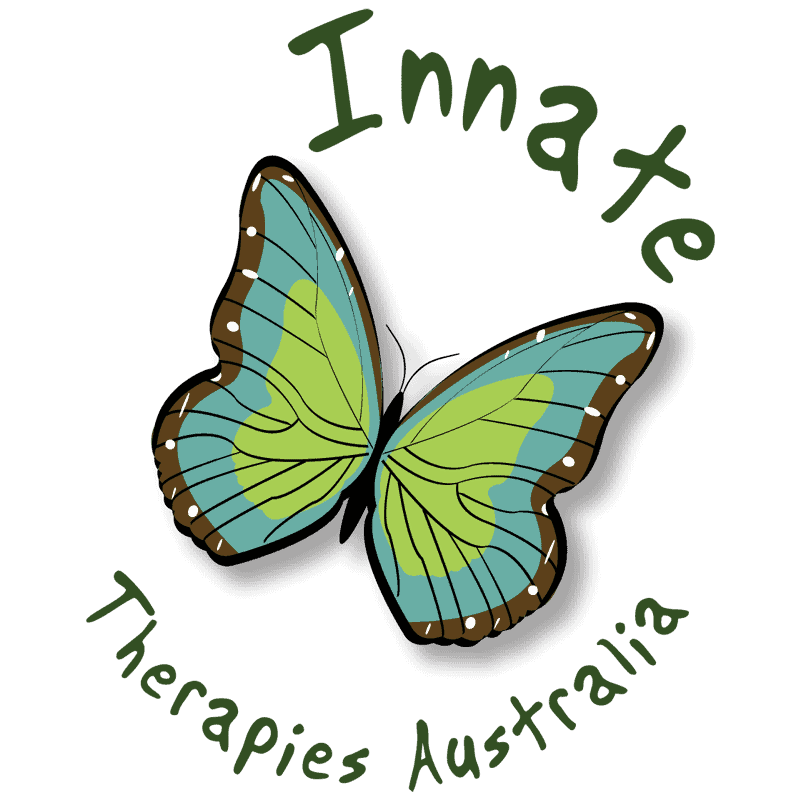A Brief Introduction to Harm Minimization for Substance Use
According to current statistics from the Australian Government, 1 in 20 Australians have current substance dependency related concerns which can be defined as utilizing too much of a certain illicit and/or non-illicit substance (Healthdirect, 2020). The risks of substance use can be severe, with effects on personal health ranging from injury to overdose and potentially death, even with non-illicit substance dependencies on substances like alcohol or nicotine (AIHW, 2022).
So, what kind of help is out there to address these risks? While there are as many different types of therapies and interventions for substance related concerns as there are indeed substances themselves, one relatively new method is Harm Minimization and its therapeutic practices. Harm Minimization operates on the philosophy that substances play a particular and important role in the lives of people who use them, for example to self-medicate physical or emotional pain (Henwood, Pagett & Tiderington, 2014).[/vc_column_text][/vc_column][vc_column column_padding=”no-extra-padding” column_padding_tablet=”inherit” column_padding_phone=”inherit” column_padding_position=”all” column_element_spacing=”default” background_color_opacity=”1″ background_hover_color_opacity=”1″ column_shadow=”none” column_border_radius=”none” column_link_target=”_self” gradient_direction=”left_to_right” overlay_strength=”0.3″ width=”1/2″ tablet_width_inherit=”default” tablet_text_alignment=”default” phone_text_alignment=”default” bg_image_animation=”none” border_type=”simple” column_border_width=”none” column_border_style=”solid”][image_with_animation image_url=”2435″ animation=”None” hover_animation=”none” alignment=”” border_radius=”none” box_shadow=”none” image_loading=”default” max_width=”100%” max_width_mobile=”default”][/vc_column][/vc_row][vc_row type=”in_container” full_screen_row_position=”middle” column_margin=”default” column_direction=”default” column_direction_tablet=”default” column_direction_phone=”default” scene_position=”center” text_color=”dark” text_align=”left” row_border_radius=”none” row_border_radius_applies=”bg” overlay_strength=”0.3″ gradient_direction=”left_to_right” shape_divider_position=”bottom” bg_image_animation=”none”][vc_column column_padding=”no-extra-padding” column_padding_tablet=”inherit” column_padding_phone=”inherit” column_padding_position=”all” column_element_spacing=”default” background_color_opacity=”1″ background_hover_color_opacity=”1″ column_shadow=”none” column_border_radius=”none” column_link_target=”_self” gradient_direction=”left_to_right” overlay_strength=”0.3″ width=”1/1″ tablet_width_inherit=”default” tablet_text_alignment=”default” phone_text_alignment=”default” bg_image_animation=”none” border_type=”simple” column_border_width=”none” column_border_style=”solid”][vc_column_text]Harm Minimization recognizes this by offering education around substances and the way they can be used in a less harmful way to the person using the substance (Henwood, Pagett & Tiderington, 2014). Examples of the Harm Minimization approach might be to aid clients in understanding how to source and employ sterile equipment for intravenous drug use or encourage the use of purity testing tents at music festivals to test substances on demand for risks of more harmful impurities (DoH, 2021). These safeguards promoted through therapy aid clients who utilize substance in choosing safer ways to engage in substance use while still fulfilling the need the substance the client is hoping to achieve with its use.
As for the downsides to Harm Minimization, one important criticism comes from its fundamental ideology of reduced, but not eliminated harm. While engaging in any type of substance use, there will always be a level of harm associated. Dependent on the person, their health, and their wellbeing, substances, and the way they affect the body over time can change. It is important to seek professional medical advice before engaging in these practices to understand your level of risk when engaging in substance use (AIHW, 2022)
Written by Evan Morris
References
Australian Institute of Health and Welfare. (2022, April, 20). Alcohol, tobacco & Other Drugs in Australia. The Australian Government https://www.aihw.gov.au/reports/alcohol/alcohol-tobacco-other-drugs-australia/contents/impacts/health-impacts
Healthdirect.gov (2020, November). Substance Abuse. The Australian Government. https://www.healthdirect.gov.au/substance-abuse
Henwood, B. F., Padgett, D. K., & Tiderington, E. (2014). Provider views of harm reduction versus abstinence policies within homeless services for dually diagnosed adults. The journal of behavioral health services & research, 41(1), 80–89. https://doi.org/10.1007/s11414-013-9318-2
Victorian Department of Health. (2021, November, 24). Prevention and Harm Reduction. Health Vic. https://www.health.vic.gov.au/aod-treatment-services/prevention-and-harm-reduction[/vc_column_text][/vc_column][/vc_row]

